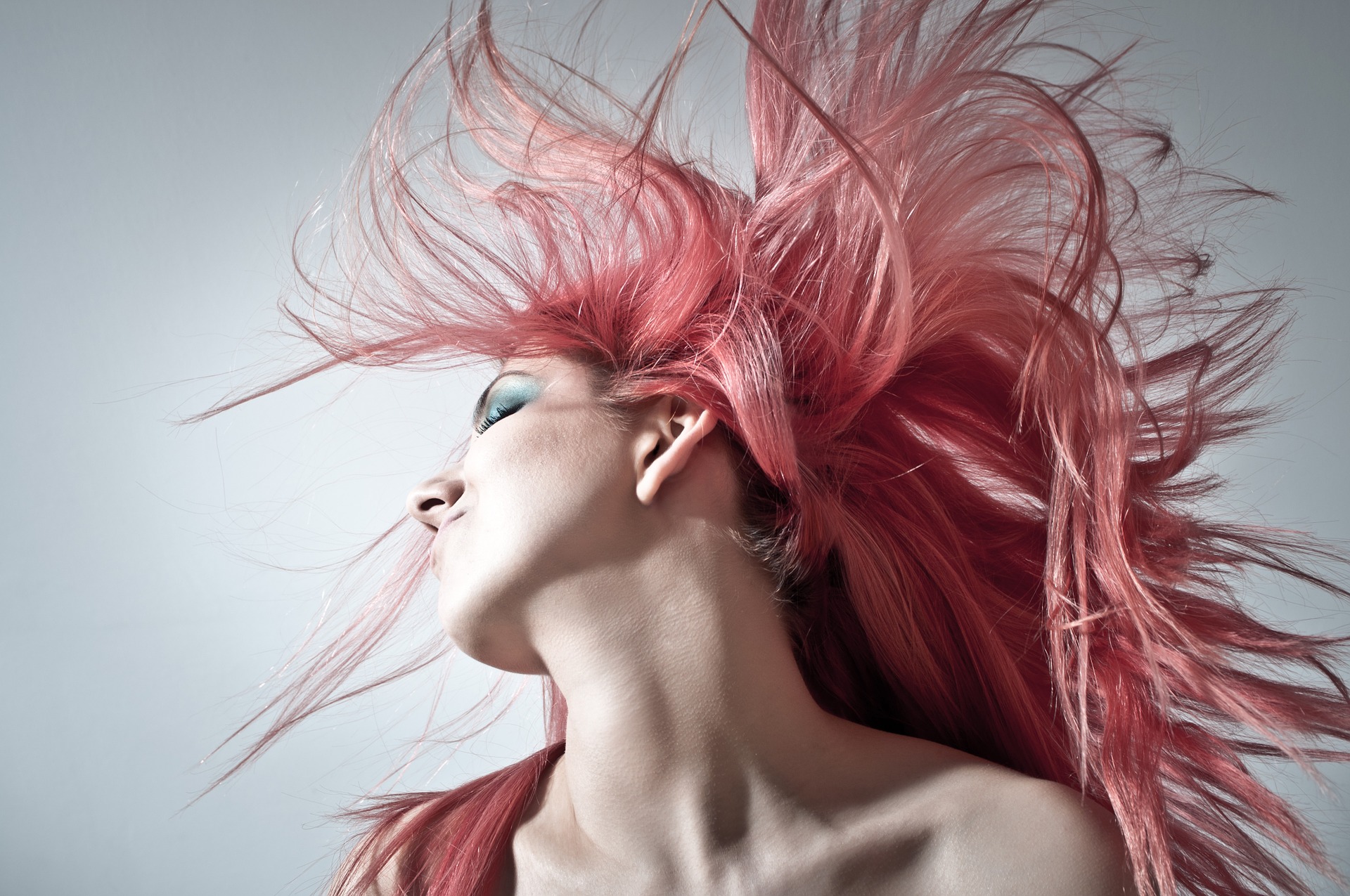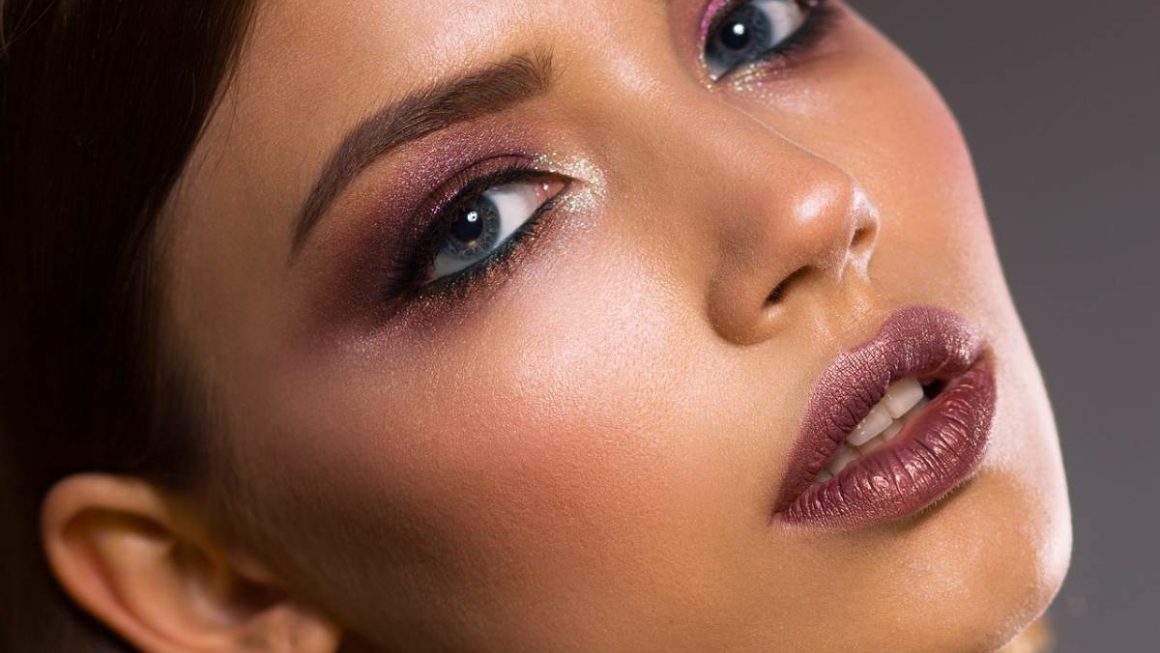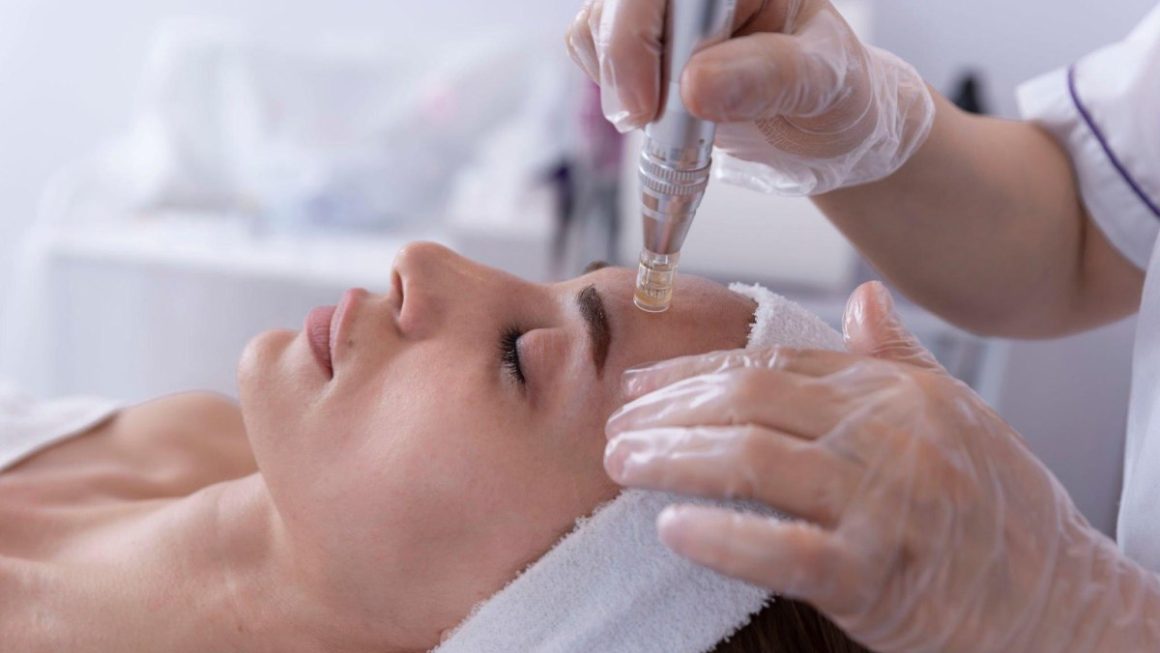It sounds hard to believe, but the “bald” truth is that 20% of men start to struggle with hair loss at age 20, 25% at age 30 and 50% to 50% experience significant hair loss by age 50. While no one wants to talk about it, some of your friends and relatives might be going through it right now. Chances are it’s your personal story. While many people make the heroic effort to try to accept hair loss as just a fact of life, others are looking for a way to reverse this cruel joke of nature by examining one of the many hair Transplantation options.
Today, with the technology, drugs and products available to us, we don’t have to take a ‘this is what it is’ attitude.
We can now draw a line in the sand and say “more” to the hair loss.
In this article, we’ll take a look at the many hair transplantation choices that we have before us when it comes to getting full hair back.

Please Help me! I’m Losing my Hair!
Follicular fallout. It happens. It was thinning of hair. Soon spots. Thinning hair.
Hair loss is a detail of life for many people, and it is not sexist.
It is approximately that can happen to both men and women.
The dark wavy locks, flowing mane of long, thick and shiny hair are just starting to fade.
Some hair loss is normal
A middle-aged man checks his receding hairline.
It is usual to lose around 100 hairs a day.
Not a problem for most of us as new hair growth is cyclical.
The hair loss dilemma begins when the cycle of new hair growth has slowed down or stopped altogether.
What are the Causes of Hair Loss?
There are many factors that hair loss can attribute.
These issues contain but are not partial to genetics (family history), illness, medications, hormonal causes, physical/emotional stress, and even the way we treat or style our hair.
Our quality of life is impaired
There is the physical side of hair loss and, if we’re honest with ourselves, there is also a personal side.
Culturally, having thick hair is associated with beauty, masculinity, and good health.
When we start to have thinning hair, see bald spots, or develop a receding hairline, it affects our self-esteem. We are losing our trust.
It affects our quality of life.
What can you do About it?

What can we do to reverse hair loss and restore confidence, improve our self-image, and bring the feather back into our crotch and the sparkle in our eyes?
DIY Remedies
For many of us, asking for help can be embarrassing.
As a result, we try “DIY” methods to try to cover up our thinning hair.
Some of these methods include the classic comb, wearing hats or scarves, homemade potions, and even bald spot protection spray (you know the ones I’m talking about).
We soon find out that DIY methods are not very effective.
Also Read: The Uses And Benefits of Honey for Skin & Nail to be Healthier
Real Solutions
Real solutions exist—both surgical and non-surgical.
Recognised, visual and long-lasting hair solutions.
Let’s take a look at the non-surgical options for hair replacement first.
There are a number of over-the-counter (OTC) and treatment choices that are available.
Consult your doctor or dermatologist first
One thing I must mention before going ahead with any hair replacement plan is to consult your doctor or dermatologist first.
It is significant to determine if the hair loss is male pattern baldness or if the cause is a more severe disease.
Over-the-counter and over-the-counter treatments
From topical solutions to red light therapy tablets and plugs, there are a seemingly endless number of options available to someone looking to reverse the effects of male pattern baldness.
TV commercials and magazine ads for hair replacement products seem to be everywhere.
Rogaine
One of the over-the-counter treatments recommended by dermatologists is Rogaine, an OTC product we are all familiar with due to the numerous television commercials.
Rogaine is an over the counter topical treatment.
It is available either as a liquid or as a foam.
The active ingredient is minoxidil.
It comes in two concentrations, 2% and 5%. There is a method for men and a formula for women.
Studies have shown that Rogaine helped 50% of men with male baldness stop their hair loss.
Apply the Rogaine liquid or foam to your scalp according to the manufacturer’s instructions.
Also Read: Eye Lashes Extensions Pros and Cons
The Ultimate Guide to Hair Replacement
Minoxidil is very useful in slowing down and even preventing hair loss.
It is not as useful in developing new hair growth.
Don’t lose hope, though! Minoxidil will help us win the war on “follicle failure”.
And any new hair growth is far healthier than no hair growth. I will take this as a win every day!
Like any drug, the product has some side effects. Therefore, read the information on and in the packaging carefully and consult your doctor before use.
Avacor Physicians Formula and other Minoxidil Products
Another over-the-counter product with the active ingredient minoxidil and similar to Rogaine is Avacor Physicians Formula, also available in 2% and 5% strengths.
And, like Rogaine, it’s available in a men’s formula and a women’s formula.
The use and results are also similar to Rogaine.
There are several other products on the market with minoxidil as an active ingredient.
All of them promise similar results.
Please do your research, and I also recommend that you consult your dermatologist or doctor to determine which product is best for you.
And it bears repeating; there are side effects of using minoxidil.
Please read all information on the product and in the packaging and consult your doctor before use.
Red Light Therapy
I first came across red light therapy for hair replacement in one of the magazines you’ll find in an aeroplane seatback pocket.
Red light therapy products are a method of hair replacement that is portable and does not require drugs.
The hint behind red light therapy is that red light of a specific wavelength (generated by LEDs, low-level lasers, or a combination of both) promotes the production of collagen in the scalp.
Collagen is a protein that improves blood circulation and forms the basis for healthy hair.
The red light transmits to your scalp through a cap that you wear.
Various hats and helmets are available on the market.
There is no shortage of styles and options.
Some even have built-in headphones so you can listen to music, podcasts, or your favourite audiobook during therapy sessions.
Clinical studies have shown that red light therapy causes a 39% increase in hair growth over 16 weeks.
An internet search for red light therapy products for hair growth opens up a world of information to help you decide whether this is the right choice for you.
Prescription Treatment Options
The Ultimate Guide to Hair Replacement
One option we have for over-the-counter topical products that excel in slowing or preventing hair loss is prescription products that support new hair growth and prevent future hair loss. (Now you have my attention!)
Propecia
Propecia is the brand name for finasteride, a prescription drug, which promotes the growth of new hair.
Finasteride is a DHT blocker that works to reduce the level of DHT. What is DHT, you ask?
DHT is a hormone which, when present in high levels, can shrink hair follicles, causing hair to grow thin, brittle and even hair loss.
Reducing the level of DHT significantly reduces hair loss and helps hair regrowth. Propecia is said to be the first drug to do this effectively.
In clinical trials that took place over two years, of the men in the study who took Propecia, 83% of those men kept their hair on the top of their heads.
In another two-year study, 66% of the men in that study saw new hair growth as a result of taking Propecia.
Propecia (finasteride), as stated, is a prescription drug and must be prescribed by a doctor.
Please discuss with your doctor or dermatologist whether this is the right treatment for you.
Some severe side effects should also discuss with your doctor or dermatologist.




